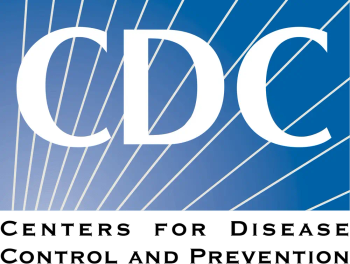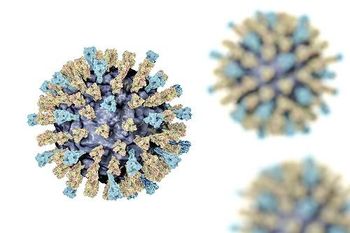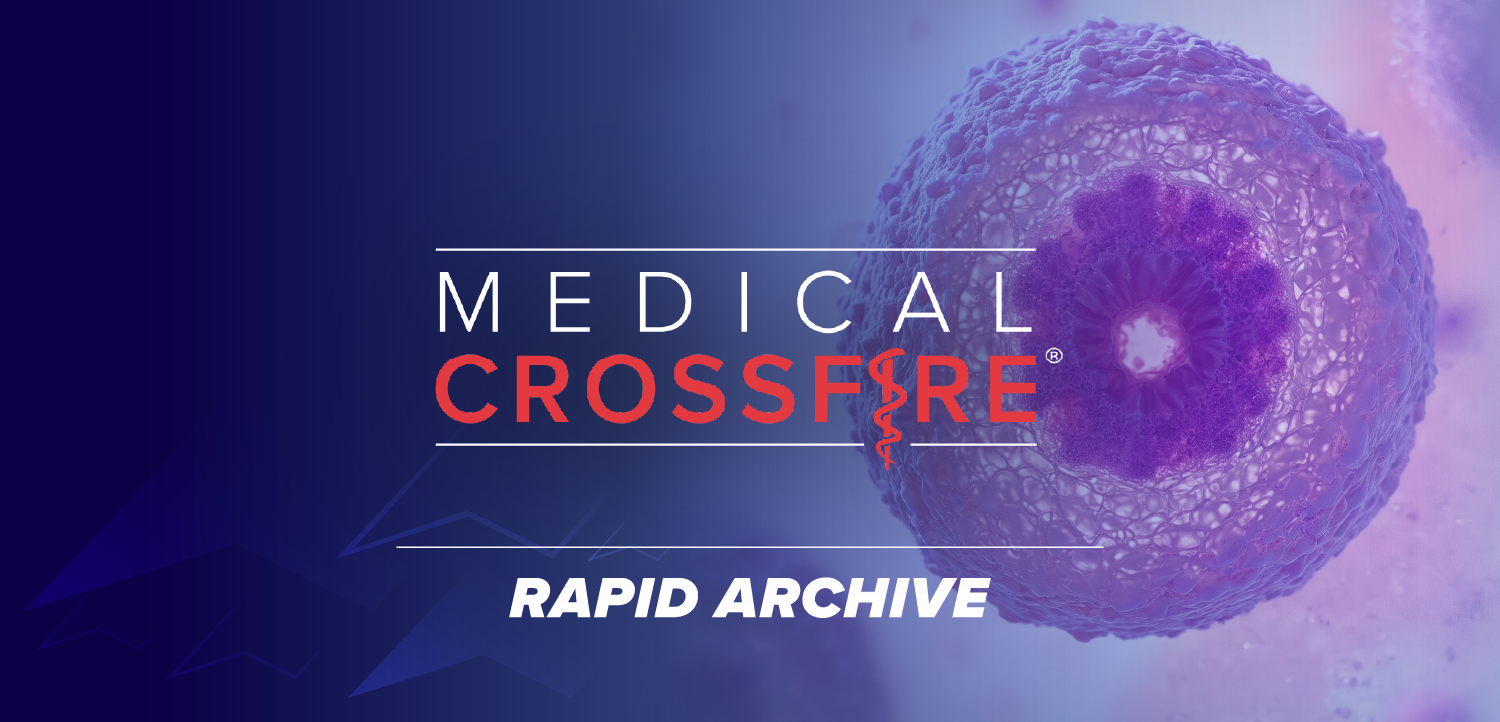
Wiki-What? Navigating WikiGuidelines and Leveraging Their Advantages

WikiGuidelines produces novel clinical practice guidelines developed with pragmatic, applicable methodology, including a diverse author group.
WikiGuidelines is an independent, not-for-profit organization focused on creating clinical practice guidelines applicable to diverse geographic, economic, and practice settings. It operates under a Charter, and membership is open to qualified practitioners with an active professional license.1 To date, there are three infectious disease WikiGuidelines with member contributions from 6 continents and 18 countries. Participant expertise includes a range of specialties beyond infectious disease and microbiology. Including authors from various regions and specialties helps to strengthen the guideline’s application to diverse settings.
Existing guidelines are developed through a variety of approaches. For example, the World Health Organization (WHO) leads with a global perspective, considering the available resources across and between countries, feasibility, equity, and human rights related applications around the world. WHO guideline authors often include clinical experts, researchers, and patient representatives.2 Region or country-specific guidelines, such as those from the European Society of Clinical Microbiology and Infectious Diseases (ESCMID), the Canadian Infectious Diseases Society (CIDS), and the Infectious Diseases Society of America (IDSA), focus on the resources available within a specific region or country. Authors of these guidelines typically comprise of academic physicians, and to a lesser extent, other clinicians.
Various methodologies for making recommendations are utilized across different types of guidelines, with the GRADE system commonly considered for evidence strength synthesis. A major limitation of GRADE application is poor interrater reliability, and complexity when translating to clinical recommendation strength.3
WikiGuidelines makes a clear recommendation only when hypothesis-confirming evidence is available and therefore applies a different approach than GRADE. This is defined as two adequately powered prospective, controlled, interventional clinical studies, one of which must be a randomized controlled trial (RCT). The second study may be an additional RCT, a quasi-experimental pre-post study, or a pragmatic clinical trial. In the absence of such data, clinical reviews are presented with a focus on the pros and cons of various options.
Infectious disease research often lacks RCTs to guide clinical decision-making, particularly for complex diseases such as, osteomyelitis and endocarditis, where application in a real-world setting requires an understanding of covariates that may impact clinical application across different populations. For example, of the 17 unique questions addressed for infective endocarditis, only one clear recommendation could be made with the remainder addressed through clinical reviews based on the availability of high-quality evidence3. Readers should review the supplement, as the main article contains an abbreviated summary.
Examples of information that may be of interest for various WikiGuideline topics can be found below:
Osteomyelitis1
Table 1: Sensitivity, specificity, and likelihood ratios for the diagnosis of bone and joint infections
Table 3: Antibiotic concentrations in the bone
Infective Endocarditis4
Table 4: Clinical studies on oral antibiotics for endocarditis treatment
Urinary Tract Infection (UTI)5
Table 22: Pharmacokinetic/Pharmacodynamic comparison between cefprozil and cefpodoxime for the treatment of UTI complicated by bacteremia
Figure 8: Visual approach to suspected UTI in long-term care facility residents
Question 18: Defining treatment failure and impact of regulatory endpoints on clinical decision making
The diverse experiences and perspectives collected through the WikiGuidelines’ approach, along with the focus on the strength of evidence for recommendations, creates a process that may be widely applicable across diverse global clinical settings.
References
1.Spellberg B, Aggrey G, Brennan MB, et al. Use of Novel Strategies to Develop Guidelines for Management of Pyogenic Osteomyelitis in Adults: A WikiGuidelines Group Consensus Statement. JAMA Netw Open. 2022;5(5):e2211321.
2.World Health Organization. WHO Handbook for Guideline Development. 2nd ed. Geneva: World Health Organization; 2014.
3.McDonald EG, Aggrey G, Tarik Aslan A, et al. Guidelines for Diagnosis and Management of Infective Endocarditis in Adults: A WikiGuidelines Group Consensus Statement. JAMA Netw Open. 2023;6(7):e2326366.
4.Miles KE, Rodriguez R, Gross AE, Kalil AC. Strength of Recommendation and Quality of Evidence for Recommendations in Current Infectious Diseases Society of America Guidelines. Open Forum Infect Dis. 2021;8(2):ofab033. doi:10.1093/ofid/ofab033. PMID: 33614818; PMCID: PMC7885855
5.Nelson Z, Aslan AT, Beahm NP, et al. Guidelines for the Prevention, Diagnosis, and Management of Urinary Tract Infections in Pediatrics and Adults: A WikiGuidelines Group Consensus Statement. JAMA Netw Open. 2024;7(11):e2444495.
Newsletter
Stay ahead of emerging infectious disease threats with expert insights and breaking research. Subscribe now to get updates delivered straight to your inbox.
















































































































































































































































































